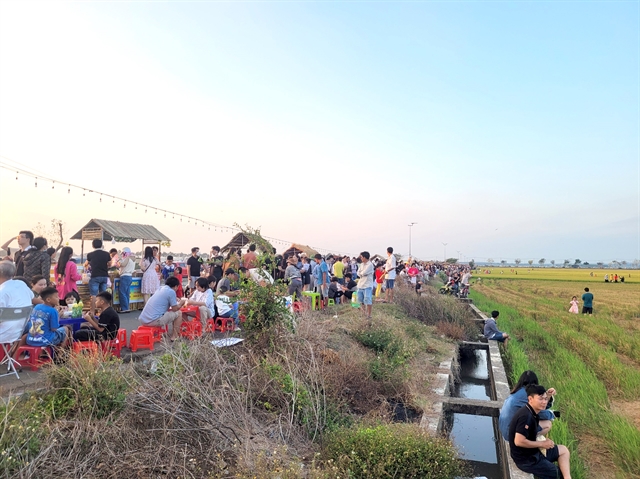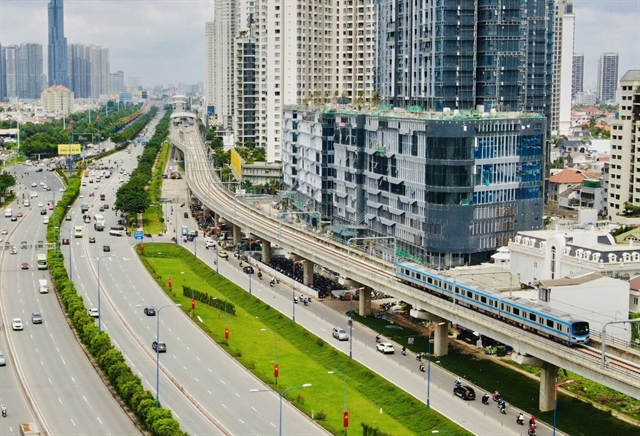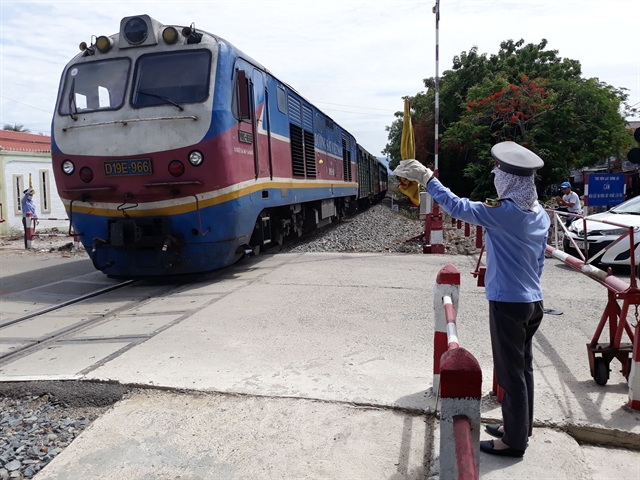 Society
Society
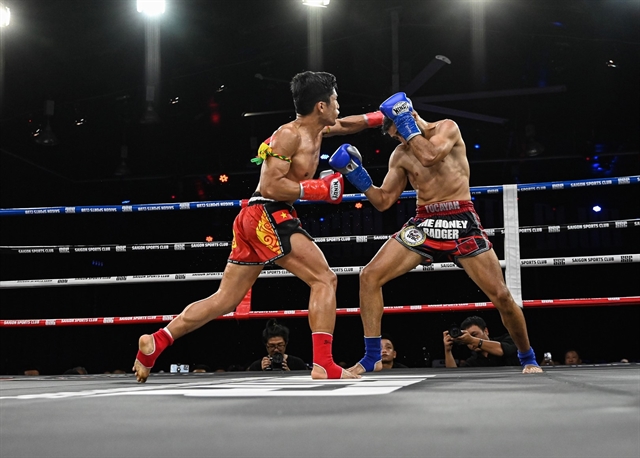
" />A 90-metre long tunnel-shield machine is being used to build underground tunnels for trains that will connect the Opera House and Ba Son metro stations in District 1.
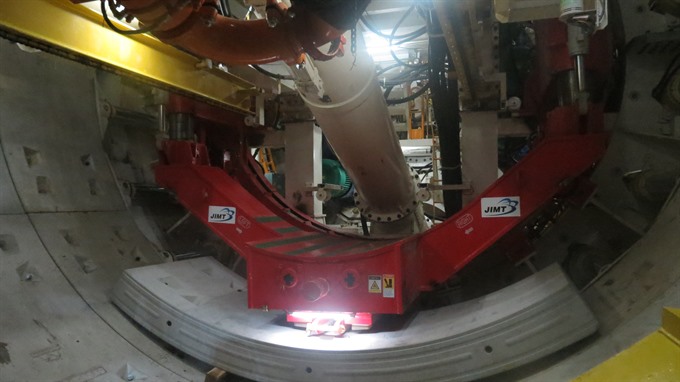 |
| A tunnel shield machine is being used to excavate two tunnels that will connect the metro’s Opera House and Ba Son stations in HCM City’s District 1. — VNS Photo Gia Lộc |
HCM CITY – A 90-metre long tunnel-shield machine is being used to build underground tunnels for metro rail that will connect the Opera House and Ba Son metro stations in District 1.
The 20-kilometre Metro Line 1 will extend from Bến Thành Market in District 1 to Suối Tiên Tourist Park in District 9.
At a meeting with media on Thursday, Nobuyuki Kawai, the manager of the metro project’s CP-1b Package, said the tunnels would be completed within one year.
The CP-1b package, carried out by contractor Shimizu-Maeda Joint Operation, includes design and construction for the Opera House Station and Ba Son Station, along with work on two bored tunnels and cut-and-cover tunnel sections.
The tunnel-shield machine, shaped like a train with a rotating cutting head at the front, conveys excavated soil to the tail and erects precast segments that form a permanent shell for the tunnels.
The machine excavates at a reasonable speed and force. The advantage of this method is that it does not require surface space except at the starting and ending points at Ba Son and Opera House stations.
The excavation will not affect traffic and other activities above ground, and since most of the work is underground, noise and dust are avoided, according to Kawai.
To ensure there is no disturbance caused by excavation, the movement of the ground and surrounding buildings is closely monitored 24 hours a day by sensors installed in the ground and on buildings.
Based on monitoring results, countermeasures will be taken immediately if problems are detected, Kawai said.
The tunnel shield machine can excavate at an average speed of 10 metres a day. Excavation for each 781 metre-long tunnel is expected to take around three months.
However, since the shield machine will have to be dismantled at the Opera House Station and reassembled again at Ba Son Station for excavation, the total time for completing the tunnels will be about one year.
Construction on Metro Line 1, with total capital of US$2.49 billion, began in August 2012. It is expected to open for use in 2020.
The metro will be extended to Dĩ An District in Bình Dương Province and Biên Hòa City in Đồng Nai Province to serve more passengers, according to the HCM City Management Authority for Urban Railways.
The cost for this extension is around $100 million.
As of April, nearly 70 per cent of the metro’s elevated sections and maintenance depot had been completed, according to Sumitomo-Cienco6 Consortium, the general contractor for the elevated sections and maintenance depot.
Possible delay
At a press briefing held on May 24, Lê Nguyễn Minh Quang, head of the HCM City Management Authority for Urban Railways, said the opening of the Metro Line 1 could be delayed again as the Government had slowly allocated capital from ODA funds.
Though the city needs VNĐ5.4 trillion (US$236.8 million) for the project this year, the Government can provide only slightly more than VNĐ2 trillion, according to Quang.
The funds from the government will be used to pay the contractor’s debts incurred last year and in the first few months this year.
About 45 per cent of the construction on Metro Line 1 has been completed.
Nguyễn Trọng Hòa, former head of the HCM City Institute for Development Studies, told Việt Nam News that the central Government should speed up allocation of ODA funds to ensure that work remained on schedule.
“The Government considers HCM City the main economic area in the south,” Hòa added.
Izaki Hiroshi, head of the HCM City representative office at Japan International Cooperation Agency, which provides ODA loans for the project, said the metro would help reduce traffic congestion by limiting the number of motorbikes on the roads. —VNS

